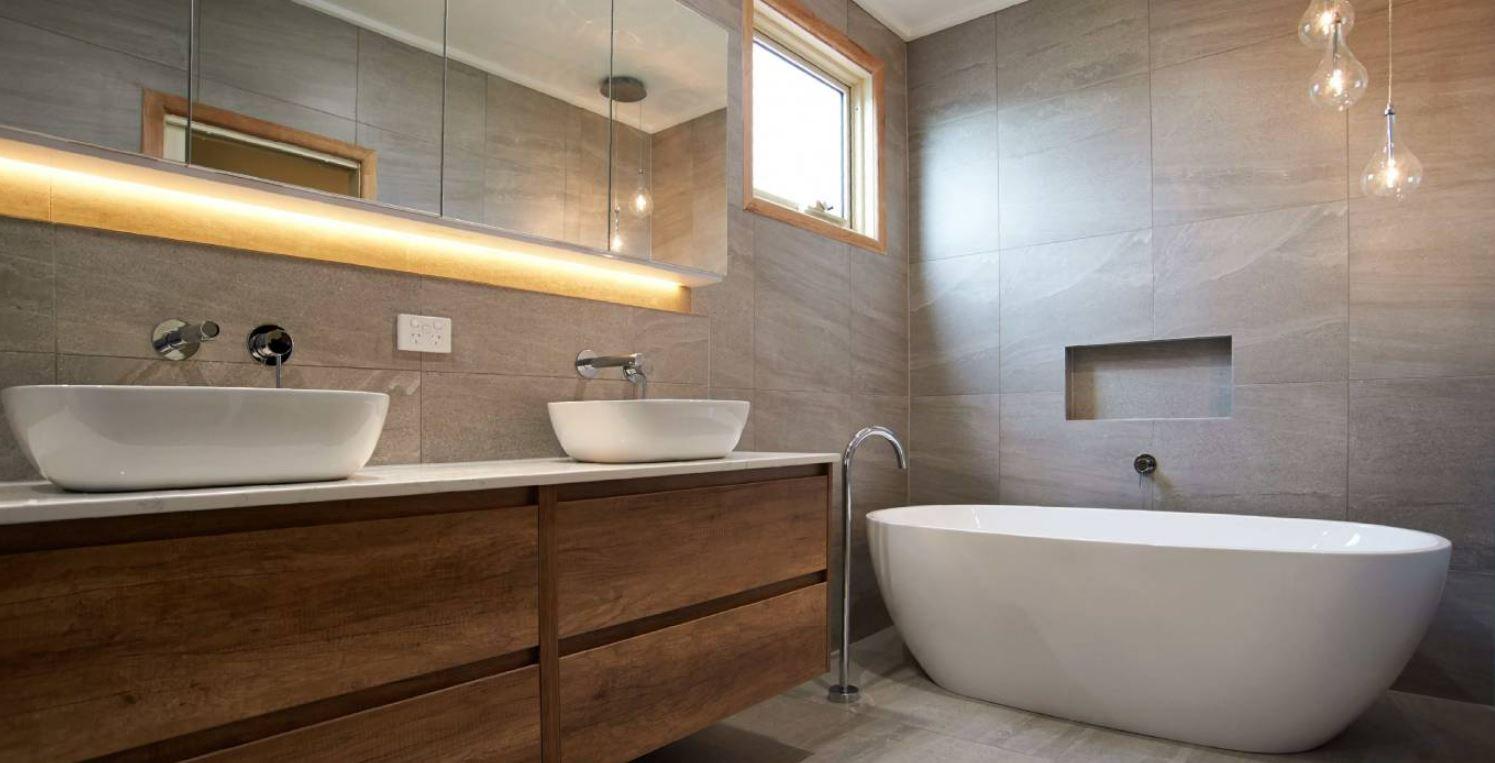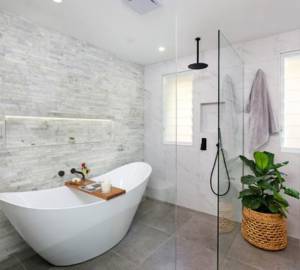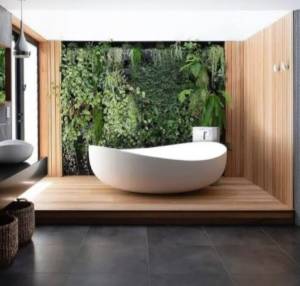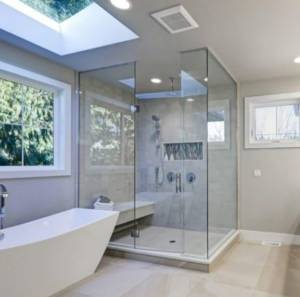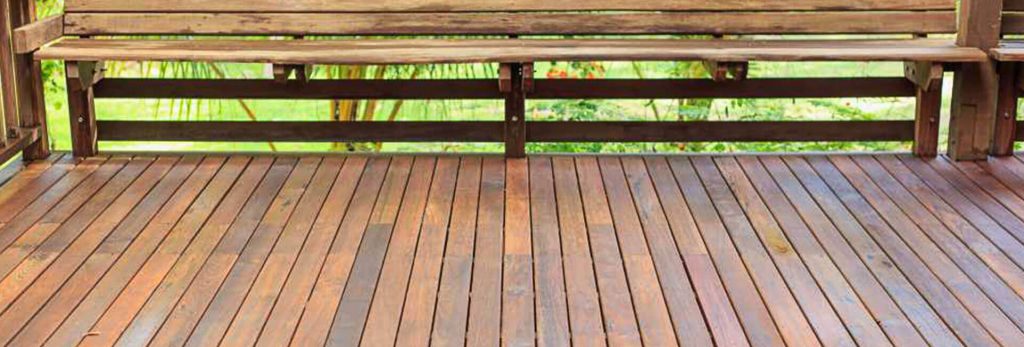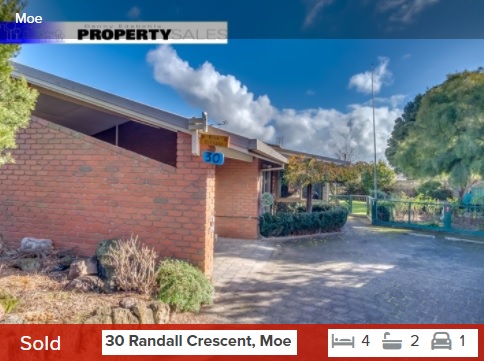Budget Bathroom Renovations
Simple Steps to Redesigning Your Bathroom
Bathrooms are among the most often renovated rooms since they are one of the most utilised rooms in the house. Bathroom remodelling is a great and frequently easy method to give your bathroom and house a brand-new look. You will need to budget plenty of time, effort, and money for the equipment and materials that will enable you to complete the DIY bathroom remodel of your dreams if you want to do it yourself. You can follow the step-by-step instructions in the following tutorial to remodel your bathroom.
Costs of Renovating a Bathroom
It’s crucial to first think about how much a bathroom makeover would ultimately cost you. When employing professional renovation services like ours, a full bathroom remodelling typically costs between $16,000 and $19,000. On the other hand, if you decide to renovate the bathroom yourself, you may save thousands of dollars but assume the burden and liability if something goes wrong.

Making Renovation Plans for Your Bathroom
Planning out your DIY bathroom remodel as completely as you can is necessary before you start. The more preparation you do before moving on to the next phase, the simpler it will be to execute your ideas.
Selecting a Design
One of the most crucial aspects of any bathroom makeover is the design. Your personal tastes, the aesthetic and design components you believe will look best in the area, and the available money should all be taken into consideration when selecting the design for your remodel. Before you begin renovating your bathroom, you should absolutely settle on the following common design elements:
- What colours will you use for your bathroom renovation’s colour scheme? Will the walls be painted? Make sure that the colour scheme of every component of your design complements one another; for instance, if you intend to paint the walls a light blue colour, you should avoid using blue-contrasting hues in other parts of the space.
- Will all-new fixtures, such as sinks, showers, and tubs, be required? How many fixtures are you planning to replace, if any? Knowing this can assist you to make decisions about other budgetary items as well as the budget itself.
- Will you increase the amount of storage space throughout your renovations? Where will you add it, if so? If you have rebuilt a bathroom and removed storage alternatives, such as bathroom closets, you will also need to locate replacements for those spaces.
- Utility: In which area of your bathroom are the utilities? Where exactly are the plumbing pipes and electrical wires in your bathroom?
Additionally, you must specify the precise sort of remodelling you desire, such as new tile installation, toilet replacement and so on.
Dit Yourself -Required Equipment & Materials
The expense and satisfaction of renovating your bathroom yourself might be worth it, but you need to be sure that you have all the required supplies and the right equipment. The most important equipment and materials you’ll need for a renovation are listed below.
Tools for the task:
- Gloves
- Hammer
- Tape measure
- Silicone sealant
- Caulking gun
- Chisel
- Flathead screwdriver
- Adjustable wrench
- Power drill
- Stud finder
- Chalk line
Depending on the sort of renovations you’ll be performing, you might require extra equipment in addition to these basic ones. For example, if you plan to remove any kind of plumbing fittings, you should be prepared with a wet-dry shop vac to clean up any water spills that may occur when removing plumbing fixtures like a toilet. So that you may utilise your extension cord for other equipment, you might want to use a cordless drill instead of a standard drill.
You may rent these tools from a home improvement store for a fair fee if you don’t already have them or don’t want to buy them all together.
1 – First, remove any fixtures.
If you’re planning a full bathroom makeover, you should start by taking out any fixtures that will be changed out later on. By taking out the fixtures, you’ll be able to start with a blank canvas and the remaining space will be available for bathroom cleaning, repairs, and the installation of new materials and fixtures.
If possible, remove the bath tile before removing the bathtub itself to prevent needless water spills or plumbing problems. Ideally, start by emptying and then removing the toilet. Cabinets, vanities, mirrors, wall tiles, and floor tiles are the last fixtures to be taken out. Make sure the new floor tiles and other fittings are accessible and close by if you are installing them.
2 – Install fresh fittings for the plumbing
You may put in the new fixtures, such as the sink, shower, or bathtub, once all of the outdated ones have been removed. Save the installation of the toilet until the final stage. Depending on the size of the new fixtures, you might need to move some electrical outlets in the bathroom. In this case, call an electrician to work with your home’s wiring to prevent any unpleasant electrical mishaps. For example, your new vanity might be tall enough to cover some of your electrical outlets.
3 – Set up floor coverings
This is the perfect time to lay new bathroom floor tiles if you’re planning to do so. Make sure you use a chalk line to draw reference lines so that your tiles will be straight; otherwise, you risk having the kind of uneven floor tiles that DIY bathroom renovators fear. Remember to grout the spaces between the floor tiles.
4 – Paint and instal new drywall
Prior to starting to paint, your new drywall has to be installed. Fill up any gaps and seams with drywall compound and tape to create a flat, level surface. If you’re painting a bathroom, you should use paint with a moisture-resistant finish to help stop the formation of mould and mildew there.
5 – Install new cabinets and vanities
Once the walls are painted and finished, you can finally move on to installing any new cabinets and vanities. Go for the vanity first, so that you can install the sink and faucet, before moving on to the mirror, cabinets, and so on. If you’d like, you can add trim around the vanity for more aesthetic appeal.
6 – Ensure the plumbing is fitted once again.
In this final stage, you may finally reinstall your toilet if you had to remove any plumbing components while renovating. To prevent any unwanted concerns with water leakage or any plumbing line troubles, it is advisable to complete this task last. Make sure you test the toilet after installation to see if the bathroom’s plumbing is functioning normally once again.
Completing Your Bathroom Reno
Once your newly refurbished bathroom looks, well, like a bathroom!, you can start working on those crucial finishing touches. Installing trim around the mirrors or the rest of the space, reintroducing your decorative accents like hanging pictures and plants, installing window treatments if your bathroom has a window, and generally giving your newly renovated bathroom its best appearance are all examples of finishing touches.
This tutorial will walk you through the process step by step so you can easily give your bathroom a new lease of life if you’re contemplating a DIY bathroom remodel.


